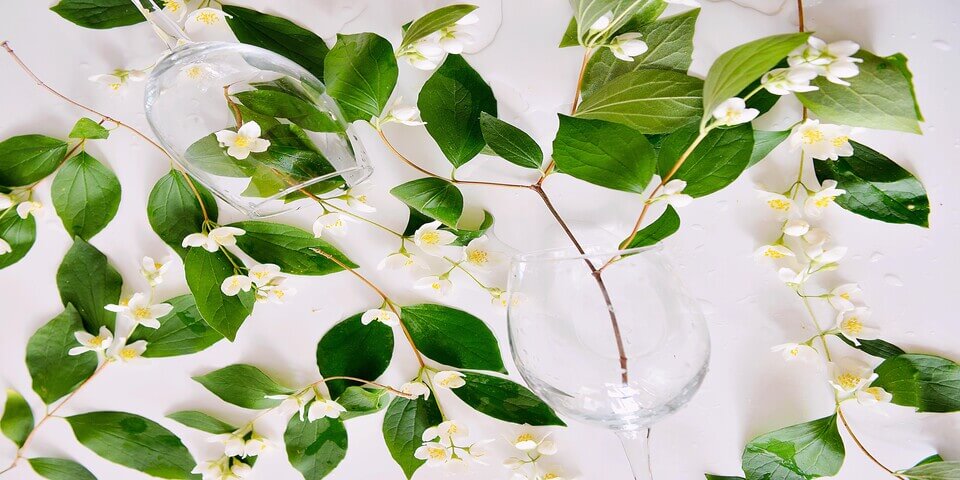Asiatic jasmine vine, also known as Trachelospermum asiaticum, is a popular ornamental plant that can be grown as a spreading ground cover or climbing vine. Native to eastern Asia, this versatile plant is cherished for its glossy evergreen foliage and sweetly fragrant star-shaped flowers.
If you’re considering adding Asiatic jasmine vine to your garden it’s helpful to understand the different stages of growth this plant goes through. Knowing what to expect at each phase will allow you to provide the proper care to keep your jasmine vine healthy and thriving. In this article, we’ll explore the key growth stages of Asiatic jasmine and how to support the plant through each one.
Germination Stage
The germination stage begins when an Asiatic jasmine seed first sprouts, This signals that the seed has absorbed enough water to break dormancy and start growing Germination usually takes 1-3 weeks,
To help your jasmine seeds germinate successfully:
-
Plant seeds in moist, well-draining soil. The soil should be kept evenly moist, not soggy.
-
Ensure the soil temperature is at least 70°F. Warmer is better for germination.
-
Place seeds where they will receive sunlight for at least 6 hours per day.
-
Consider using a seed starting mix and grow lights if starting seeds indoors.
-
Be patient! Check for sprouts after 2-3 weeks.
Seedling Stage
Once the seed germinates and the first shoots emerge, the plant enters the seedling stage. This phase involves the development of the first true leaves, stems, and roots as the baby jasmine becomes established. The seedling stage may last for several months.
Seedling care tips:
-
Keep soil moist but not soaked.
-
Transition indoor seedlings to partial sun outdoors to limit shock.
-
Fertilize lightly with a diluted, balanced fertilizer every 2-3 weeks.
-
Watch for insect pests like aphids.
Vegetative Growth Stage
After becoming established, the Asiatic jasmine vine enters a period of active vegetative growth. This stage is characterized by rapid leaf, stem, and root development as the plant matures. Expect vigorous upward and outward growth.
-
Water 1-2 times per week, allowing soil to partially dry out between waterings.
-
Fertilize regularly with a balanced fertilizer during the growing season.
-
Prune as needed to shape plant and improve air circulation.
-
Provide strong trellising for climbing vines to attach tendrils.
Flowering Stage
Mature Asiatic jasmine vines will eventually reach the flowering stage, typically after 2-3 years of growth. Flowering occurs in late spring through early summer and lasts 4-6 weeks. The vines produce clusters of small, star-shaped, yellowish-white blossoms with a lovely fragrance.
To encourage abundant flowering:
-
Water regularly to keep soil moderately moist.
-
Apply fertilizer in early spring to fuel growth and blooms.
-
Prune immediately after flowering to avoid removing flower buds.
Dormancy
In regions with cold winters, Asiatic jasmine will enter a period of winter dormancy once temperatures drop. Growth slows dramatically and the vines may die back to the ground until warm weather returns in spring.
For winter care:
-
Cease fertilization and prune back vines.
-
Add a thick mulch layer for insulation after first fall frost.
-
Keep soil slightly moist if winter is dry.
-
Protect vines with burlap or breathable fabric if needed.
By understanding the unique needs of Asiatic jasmine vine at each stage of growth, you can provide this lovely plant with the care it requires to thrive happily in your garden for years to come. Pay close attention to factors like soil moisture, sunlight, and pruning to support healthy growth through every phase. With the proper care, you’ll be rewarded with the beauty of lush, fragrant Asiatic jasmine vines in your landscape.
Frequently Asked Questions About Asiatic Jasmine Growth Stages
Can Asiatic jasmine be grown as an indoor plant?
Yes, Asiatic jasmine can adapt well to indoor conditions if provided with bright, indirect light from a southern or western window. Use a potting mix formulated for indoor plants and water whenever the top inch of soil becomes dry.
How fast does Asiatic jasmine grow?
During the vigorous vegetative stage, Asiatic jasmine may grow up to 2 feet per year. Growth rate depends on factors like sunlight, soil quality, water, and temperature.
How tall do Asiatic jasmine vines grow?
Given proper support, Asiatic jasmine vines can grow up to 10 feet tall. Pruning and trellising can restrict height if desired.
Should Asiatic jasmine be pruned?
Regular pruning improves shape, density, and flowering for Asiatic jasmine. Prune off dead or damaged growth anytime. For overall shaping, prune in late winter or after flowering.
What USDA zones is Asiatic jasmine suited for?
Asiatic jasmine thrives in USDA zones 7 through 11. It can tolerate brief dips into the mid-teens Fahrenheit. Provide winter protection in colder climates.
How much sun does Asiatic jasmine need?
Asiatic jasmine grows best with full sun but also tolerates partial shade. Ensure the plant gets at least 6 hours of direct sun per day.
What soil conditions does Asiatic jasmine prefer?
Asiatic jasmine adapts to most well-draining soils but thrives in moist, organic-rich soil. Sandy or loamy soils work well. Avoid letting roots sit in wet soil.
When does Asiatic jasmine bloom?
Flowers generally appear in late spring, with peak bloom in May and June. Blooming may last 4-6 weeks under ideal conditions.
Should spent Asiatic jasmine flowers be deadheaded?
Deadheading or pruning off spent blooms promotes continued flowering and tidier growth. Snip off flowers once they fade.

k
